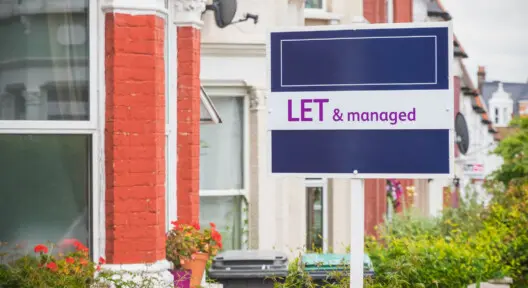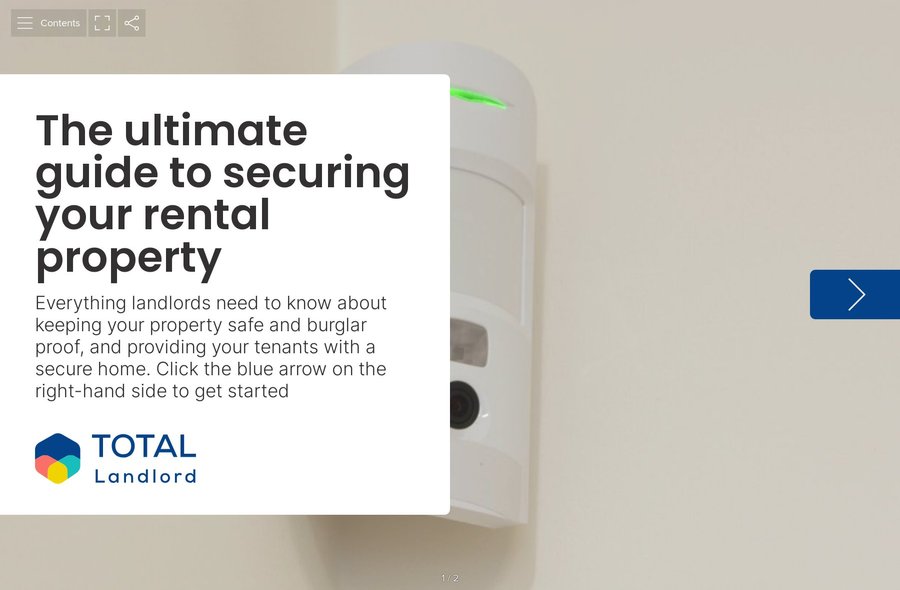Rent Rent Rent: Your Definitive Resource for Securing Your Ideal Rental Home
Embark on your rental journey with confidence. Our meticulously crafted guide empowers you with the knowledge and tools necessary to navigate the dynamic world of rental properties and find the perfect place to call home.
Decoding the Rental Market: A Comprehensive Overview
The process of finding a rental property can often feel like navigating a complex maze. Understanding the fundamental aspects of the rental market is the first crucial step towards a successful search. This section delves into the intricacies of the rental landscape, providing you with a solid foundation for your journey.
Types of Rental Properties: Exploring Your Options
The rental market offers a diverse array of property types, each with its unique characteristics and appeal. From the bustling energy of urban apartments to the serene tranquility of suburban houses, understanding these distinctions is key to aligning your search with your lifestyle and needs.
- Apartments: Often located in multi-unit buildings, apartments offer convenience and proximity to amenities. They can range from compact studios to spacious multi-bedroom units, catering to various needs and budgets.
- Houses: Providing more space and privacy, houses for rent can be found in suburban or rural areas. They often come with yards and may offer more flexibility in terms of customization.
- Townhouses: Blending the features of apartments and houses, townhouses typically have multiple floors and shared walls but often include private entrances and outdoor spaces.
- Condominiums (Condos): Individually owned units within a larger complex, condos for rent often come with shared amenities like pools and gyms, offering a blend of private living and community features.
- Duplexes and Multi-Family Homes: These properties contain multiple separate living units within a single building, offering potential for shared living arrangements or renting out a portion of the property.
Key Factors Influencing Rental Prices
Understanding the factors that determine rental costs is essential for setting realistic expectations and budgeting effectively. Several elements contribute to the price of a rental property:
- Location: Properties in highly desirable areas with good access to transportation, employment centers, and amenities typically command higher rents.
- Size and Layout: The square footage, number of bedrooms and bathrooms, and overall layout of the property significantly impact the rental price.
- Amenities and Features: In-unit amenities such as air conditioning, laundry facilities, and updated appliances, as well as building amenities like gyms, pools, and parking, can influence the rent.
- Condition and Age: Newer or recently renovated properties in excellent condition often have higher rental rates.
- Market Demand: In areas with high demand and limited availability, rental prices tend to be more competitive.
- Time of Year: Rental prices can fluctuate seasonally in some areas, with higher demand during peak moving seasons.
Mastering the Art of the Rental Search: Strategic Approaches
A well-organized and strategic approach to your rental search can significantly reduce stress and increase your chances of finding the perfect property. This section outlines key steps and effective strategies to navigate the search process efficiently.
Defining Your Needs and Priorities: Laying the Groundwork
Before you begin your search, it's crucial to clearly define your needs and priorities. Consider the following factors:
- Budget: Determine a realistic and comfortable monthly rental budget, taking into account additional costs such as utilities and potential fees.
- Location Preferences: Identify the neighborhoods or areas that align with your lifestyle, commute, and access to desired amenities.
- Property Type and Size: Decide on the type of property (apartment, house, etc.) and the number of bedrooms and bathrooms you require.
- Must-Have Amenities: List essential amenities such as parking, laundry, pet policies, and accessibility features.
- Lease Term Flexibility: Consider your desired lease duration and any flexibility you might need.
Leveraging Online Resources: Your Digital Toolkit
The internet offers a wealth of resources to aid your rental search. Utilize these platforms effectively to broaden your reach and streamline your efforts:
- Rental Websites and Apps: Explore popular platforms that aggregate rental listings from various sources, allowing you to filter by location, price, property type, and amenities.
- Property Management Company Websites: Many property management companies have their own websites listing available rentals. Directly checking these sites can sometimes uncover exclusive listings.
- Social Media and Online Communities: Local Facebook groups and online forums can be valuable sources for finding listings and connecting with other renters.
- Virtual Tours and High-Quality Photos: Take advantage of virtual tours and detailed photos to get a better sense of a property before scheduling an in-person visit.
Networking and Offline Strategies: Expanding Your Reach
Don't underestimate the power of networking and offline strategies in your rental search:
- Inform Your Network: Let friends, family, and colleagues know you are looking for a rental property. They may be aware of unlisted opportunities.
- Drive Through Desired Neighborhoods: Sometimes, "For Rent" signs are still the most direct way to find local vacancies.
- Connect with Local Real Estate Agents: While often associated with buying and selling, some real estate agents also handle rental properties.


Critical Evaluation: Assessing Potential Rental Homes
Once you've identified potential rental properties, it's crucial to evaluate them thoroughly to ensure they meet your needs and expectations. A careful assessment can prevent future headaches and ensure a comfortable living experience.
In-Person Viewings: What to Look For
Visiting a property in person is an essential step in the evaluation process. Pay close attention to the following aspects:
- Overall Condition: Check for any signs of disrepair, damage, or neglect, including walls, floors, ceilings, and fixtures.
- Functionality: Test all appliances, faucets, light switches, and other features to ensure they are in good working order.
- Space and Layout: Ensure the size and layout of the property meet your needs and that the flow of the space is comfortable.
- Natural Light and Ventilation: Assess the amount of natural light and airflow in the property.
- Noise Levels: Consider potential noise from neighbors, traffic, or nearby businesses.
- Safety and Security Features: Check for working smoke detectors, carbon monoxide detectors, secure locks, and adequate lighting.
Asking the Right Questions: Gathering Essential Information
Don't hesitate to ask the landlord or property manager important questions about the property and the rental agreement:
- Lease Terms: Inquire about the lease duration, renewal options, and any associated fees.
- Rent and Payment Procedures: Understand the monthly rent amount, due date, accepted payment methods, and any late payment penalties.
- Security Deposit: Ask about the amount of the security deposit, the conditions for its return, and the process for claiming it back.
- Utilities: Determine which utilities are included in the rent and which you will be responsible for.
- Maintenance and Repairs: Clarify the procedures for requesting maintenance and who is responsible for different types of repairs.
- Pet Policy: If you have pets, inquire about the pet policy, including any restrictions or additional fees.
- Parking: Understand the parking situation, including whether parking is included, assigned, or requires an additional fee.
- Rules and Regulations: Ask about any community rules or regulations that tenants must adhere to.
Understanding Your Lease: A Critical Legal Document
The lease agreement is a legally binding contract between you and the landlord. It's crucial to read and understand every clause before signing. Don't hesitate to seek legal advice if anything is unclear.
Key Components of a Lease Agreement
Familiarize yourself with the common elements found in a standard lease agreement:
- Names of Parties: Clearly identifies the landlord and the tenant(s).
- Property Address: Specifies the exact address of the rental property.
- Lease Term: States the duration of the lease agreement, including the start and end dates.
- Rent Amount and Payment Terms: Outlines the monthly rent, due date, payment methods, and any late payment penalties.
- Security Deposit Provisions: Specifies the amount of the security deposit and the conditions for its return.
- Utilities and Services: Clarifies which utilities and services are included in the rent and which are the tenant's responsibility.
- Maintenance and Repairs: Details the responsibilities of the landlord and tenant regarding maintenance and repairs.
- Rules and Regulations: Outlines any specific rules or regulations that tenants must follow.
- Subleasing and Assignment Clauses: Specifies whether subleasing or assigning the lease is permitted.
- Termination Clauses: Describes the conditions under which the lease can be terminated by either party.


Protecting Your Rights as a Tenant
Understanding your rights as a tenant is essential for a positive rental experience. Familiarize yourself with local and national tenant protection laws, which may cover aspects such as:
- Fair Housing: Protection against discrimination based on race, religion, gender, familial status, disability, or national origin.
- Right to Privacy: Landlord's right to enter the property and the required notice period.
- Safe and Habitable Living Conditions: Landlord's responsibility to maintain a safe and habitable property.
- Security Deposit Regulations: Rules regarding the collection, holding, and return of security deposits.
- Eviction Procedures: Legal processes that landlords must follow to evict a tenant.
Settling In and Maintaining a Positive Rental Relationship
The rental journey doesn't end when you sign the lease. Moving in smoothly and maintaining a positive relationship with your landlord are crucial for a successful tenancy.
Documenting the Property Condition: Protecting Yourself
Upon moving in, it's essential to thoroughly document the condition of the property. Take photos and videos of any existing damage and complete a move-in inspection checklist with your landlord. This documentation can protect you from being held responsible for pre-existing damage when you move out.
Communicating Effectively with Your Landlord
Open and clear communication with your landlord or property manager is key to addressing any issues promptly and maintaining a positive relationship. Report maintenance needs promptly and keep records of all communication.
Respecting Your Neighbors and the Property
Be considerate of your neighbors and adhere to any community rules and regulations. Treat the rental property with respect and avoid any actions that could damage it or disturb others.
Privacy Policy | Terms of Service
Comments
Post a Comment